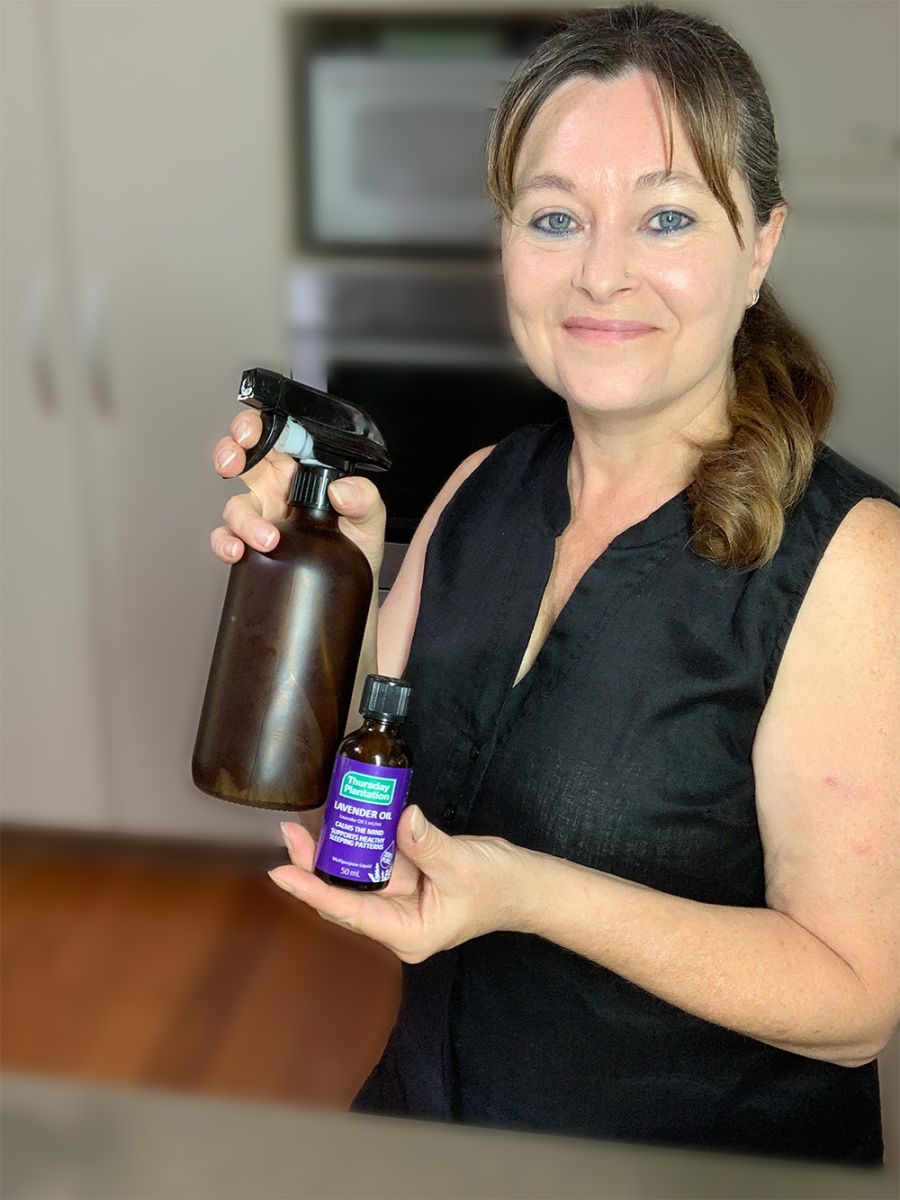Reusable Planet Blog: Super Easy DIY Chemical Free Air Freshener
Author: Rachel Date Posted:3 June 2023
DID YOU KNOW…?
It seems absurdly contrary, but air fresheners are toxic and can actually generate or further aggravate an air quality problem!
Fewer than 10% of ingredients in air fresheners are typically disclosed by manufacturers to consumers, and it’s completely legal under proprietary protection. (That’s corporate speak for secret recipe…)
Yes, your fresh-air-in-a-can emits over 100 different chemicals into the air. Approximately one quarter of them are classified as potentially hazardous pollutants.
Common air freshener chemicals such as acetaldehyde and synthetic phthalates have been associated with adverse respiratory, reproductive, immune, and endocrine system functions, and with cancer.
That’s not good for you, your family, your furry friends or the planet!
You can read more about the toxicity of air fresheners here
But don't worry! We're here to help you ditch the toxic chemicals and make your own air freshener without the nasties! It’s easy… your family, pets and the planet will thank you!
So here it is…
SUPER EASY, CHEMICAL FREE - 3 INGREDIENT - DIY AIR FRESHENER RECIPE

INGREDIENTS
1/2 cup purified (best) or filtered water
1 -2 tablespoons of rectified spirit (high proof alcohol)
~ 30 drops essential oil
Fine-mist spray bottle (aluminium or dark glass is best)
METHOD
- First add alcohol to the spray bottle.
- Add your essential oil/s of choice. Lavender is popular as it has calming properties and is pet safe. I also like an orange and cinnamon blend.
- Swirl the bottle to combine your essential oil/s with the alcohol.
- Top up with the water and shake before each use.
- Spray into the air several times. The alcohol will help disperse the oils.
- Never spray essential oils directly on fabrics.
RECIPE NOTES:
- For the water component, you can also use cooled boiled water, but the better the quality of water, the longer your air freshener will last.
- The type of essential oil you use will also play a role in how long your air freshener will last.
- Using a dark or frosted glass bottle will help keep your air freshener fresher for longer.
- Some recipes use witch hazel or proof alcohol like vodka instead of rectified spirit. You can try this, however it may also affect the longevity of your air freshener and may also influence the aroma.
- Rectified spirit is purified 95% proof and has no odour. I use Polmos Spirytus Rektyfikowany which is available at independent retailers. Keep well out of reach of kids (and some adults)!
- Important! Research your essential oil/s of choice before using in your recipe to check for contraindications and to make sure it’s fit for purpose (e.g. pet safe, safe for pregnant women, etc).
ROOM DEODORISER
If you’re not too keen on the spray method but still want a DIY solution, or additionally want a room deodoriser option for smaller spaces or rooms, this is for you!
INGREDIENTS
½ Cup bicarb soda (baking soda)
~ 10 - 15 drops of your favourite essential oil / blend.
Dried herbs or flowers (optional)
METHOD
- Add the bicarb and essential oil to a glass jar and pop on the lid. Give it a good shake to mix the essential oil and bicarb. Find a small decorative glass jar (a repurposed candle jar is a good option) and gently pour in the bicarb mixture. Decorate the top with dried herbs or flowers. Voila!
- Top up with your scent of choice every few days, and refresh the whole jar once per month.
- This is perfect for toilets, bathrooms and thoroughfares.
RECIPE NOTES:
- Bicarbonate soda is a natural neutraliser of odours. It absorbs odourous molecules and converts them into innocuous gases and salts.
- Bicarb is also great for neutralising odours in the fridge, car, carpets, dishwasher, wheelie bins and more!
If you want our upcoming PDF Guide to chemical free living using bicarb (for free), register here to get on the waiting list.
- - - - - - - - - - - - - - - - - - - - - - - - - - - -
All our blog articles written by Rachel or our Guest Bloggers are well researched by a real human person. We hope you have been informed, educated or entertained.
To read more eco living articles, head over to our main blog page.
If there is something you would like to see us write about, we’d love to hear from you! Send us an email or find us on our socials! We love spreading the message of reducing waste and the overuse of unnecessary plastic, so follow along and come be a change-maker with us!
Follow us on Instagram, Facebook or Twitter @ReusablePlanet or SUBSCRIBE and get weekly easy eco-living tips via email






